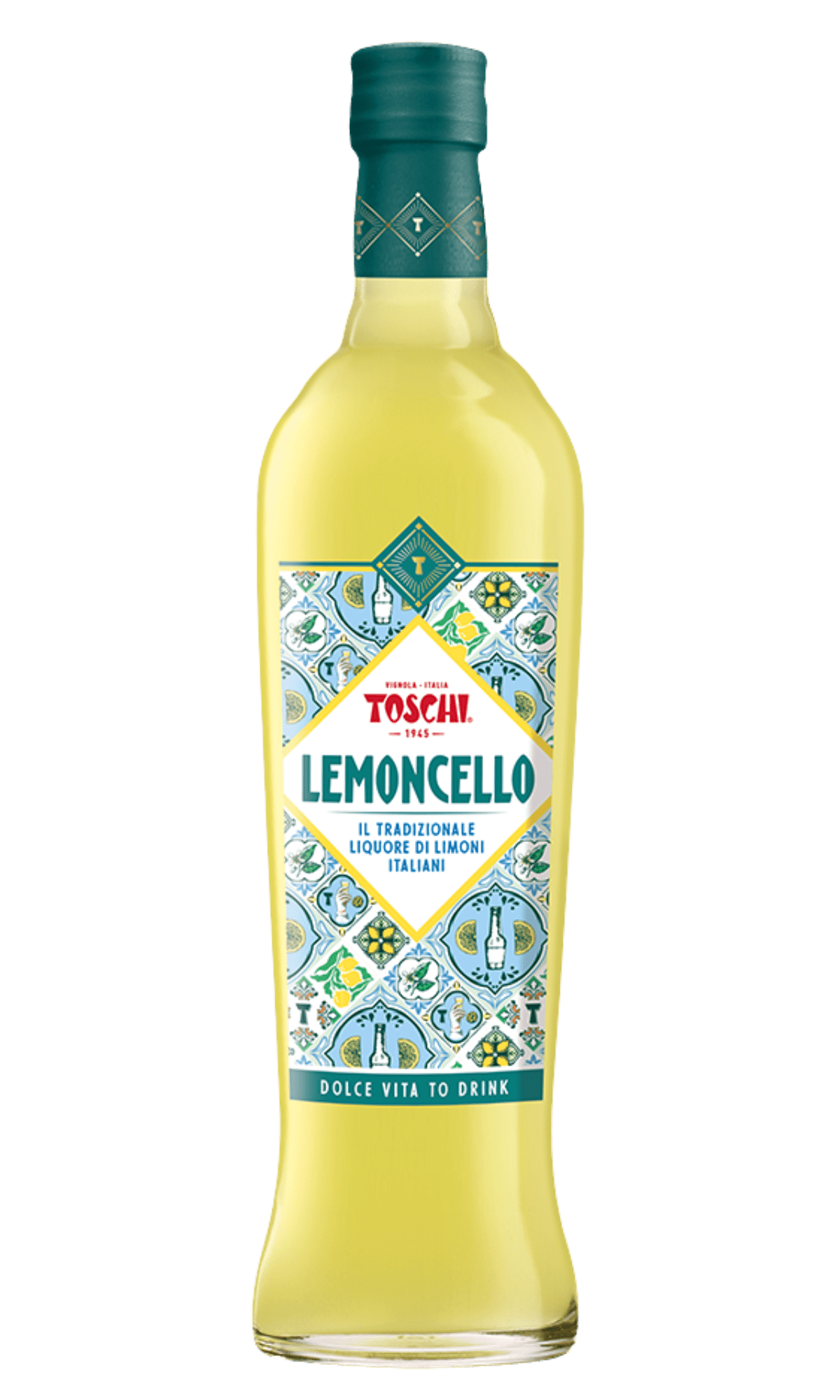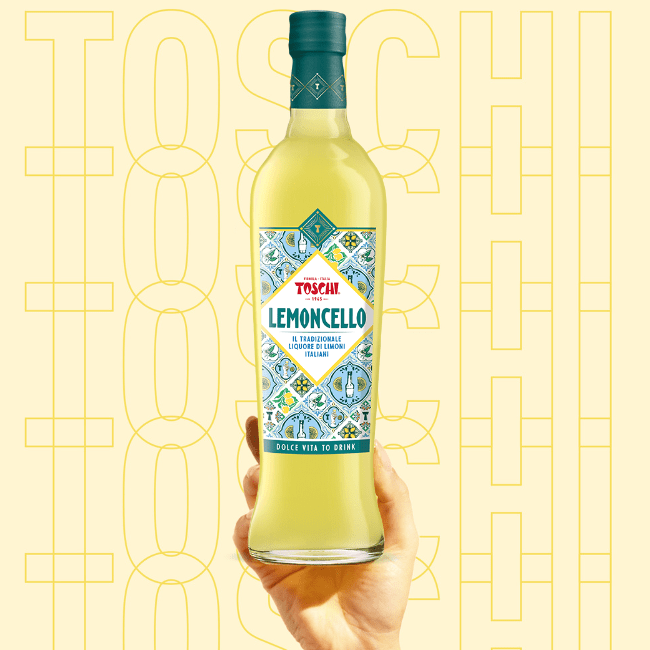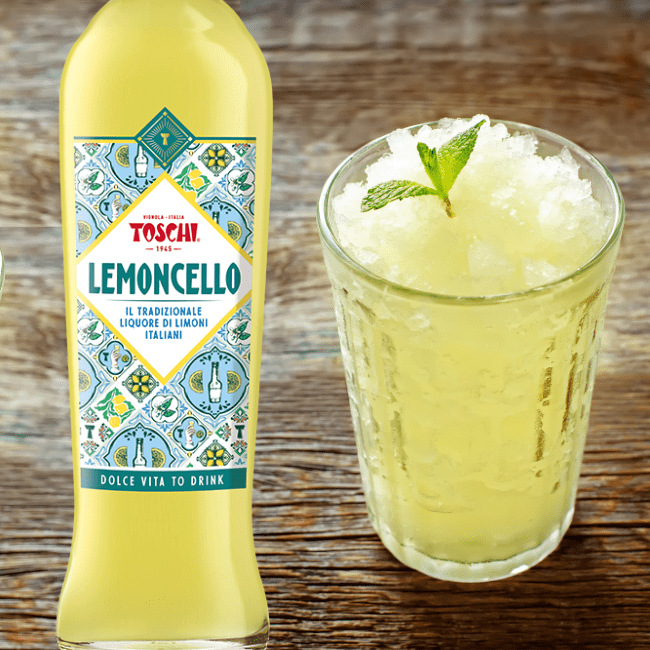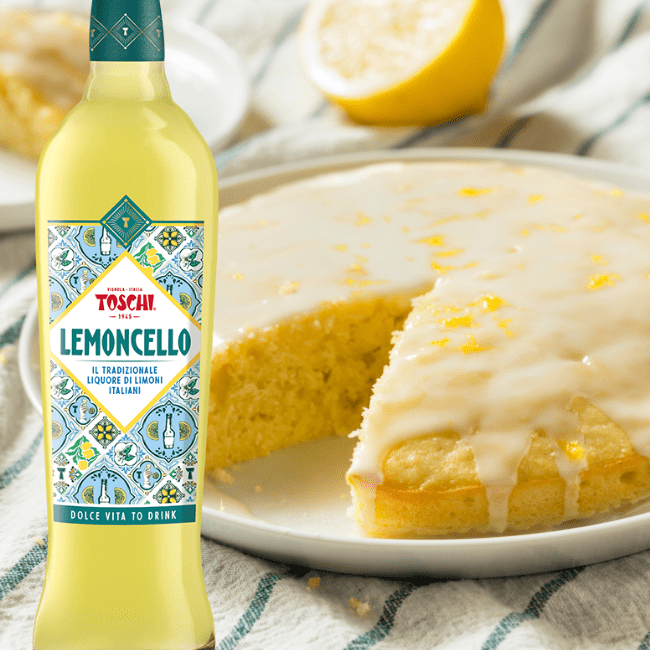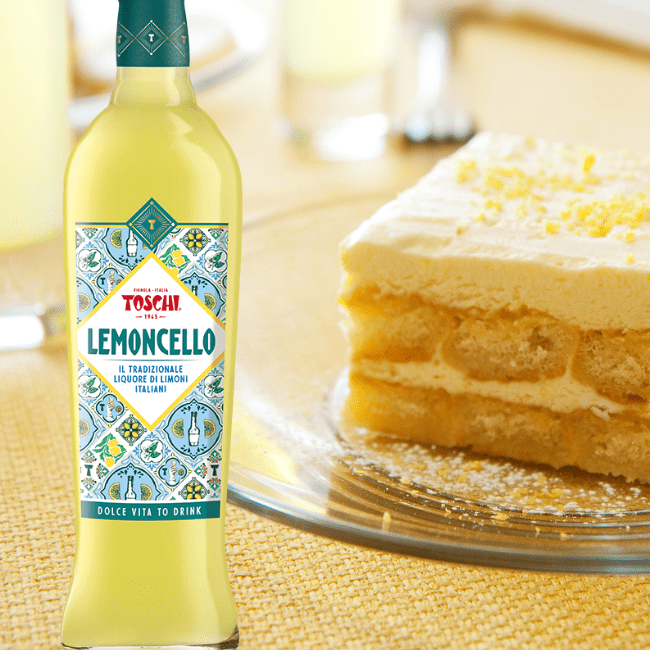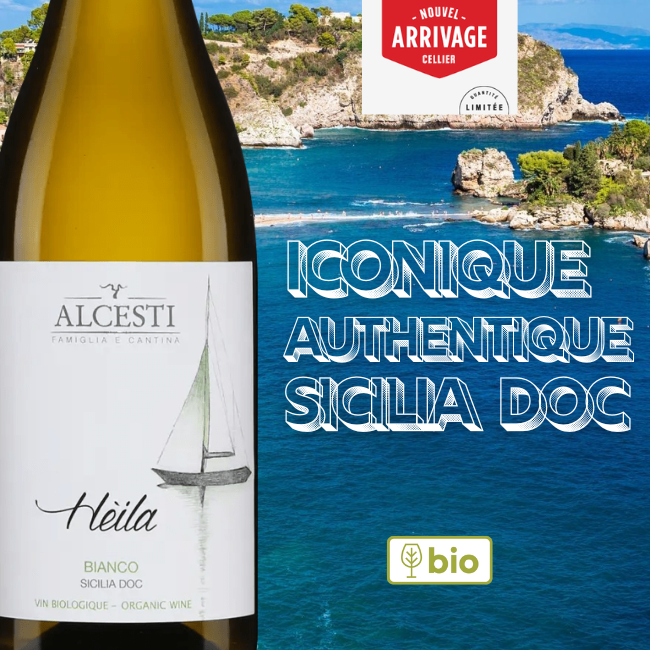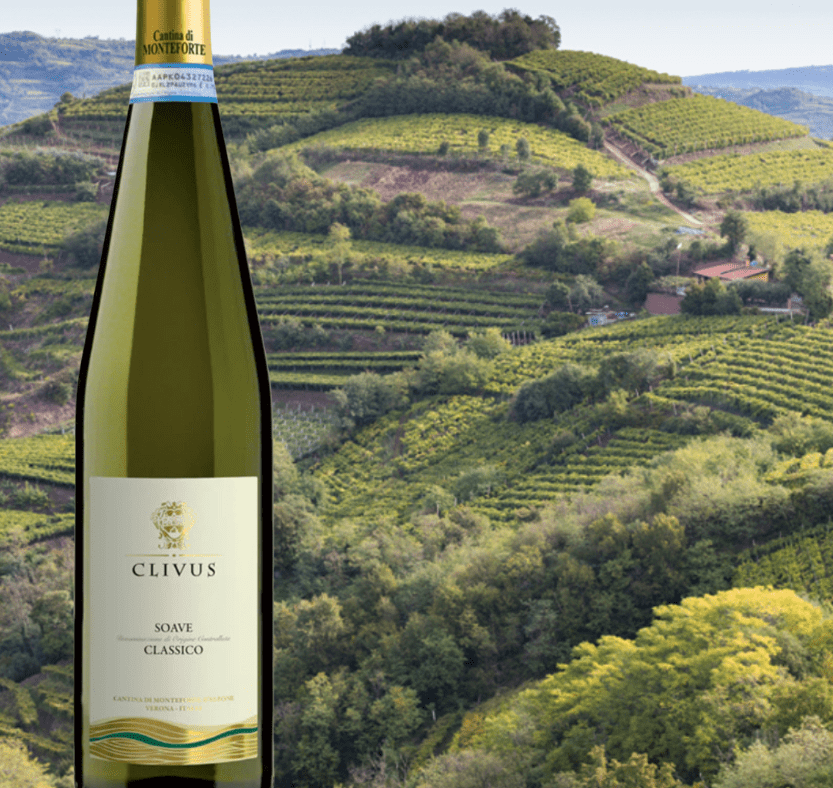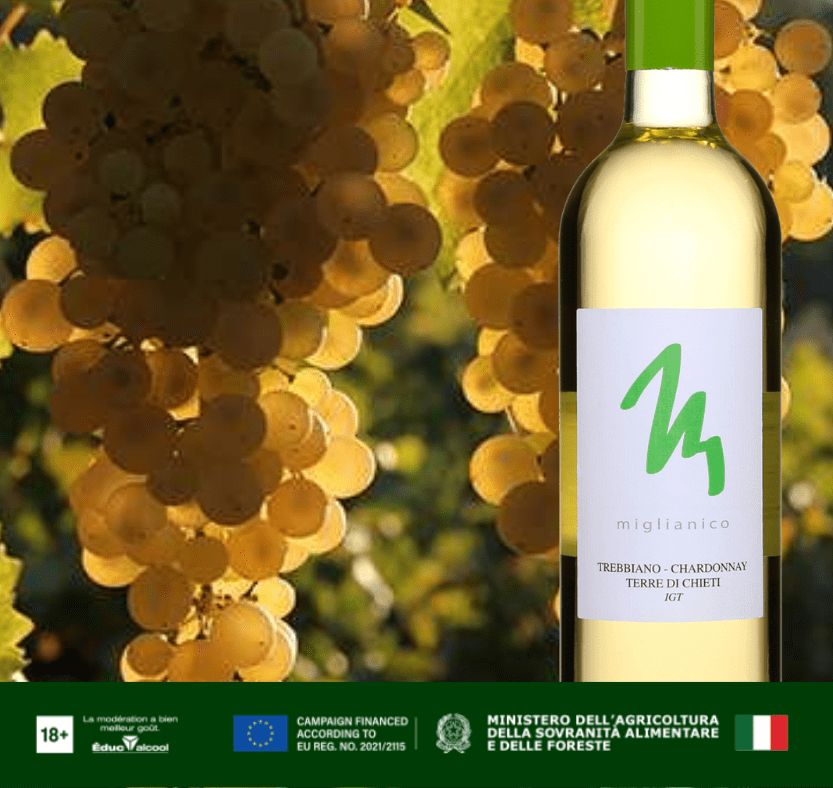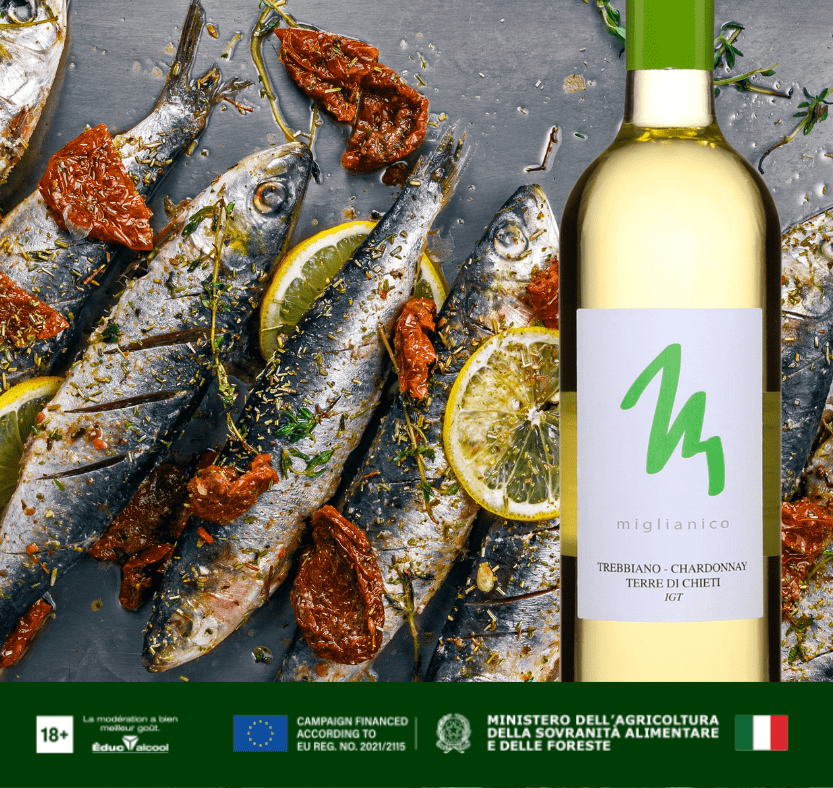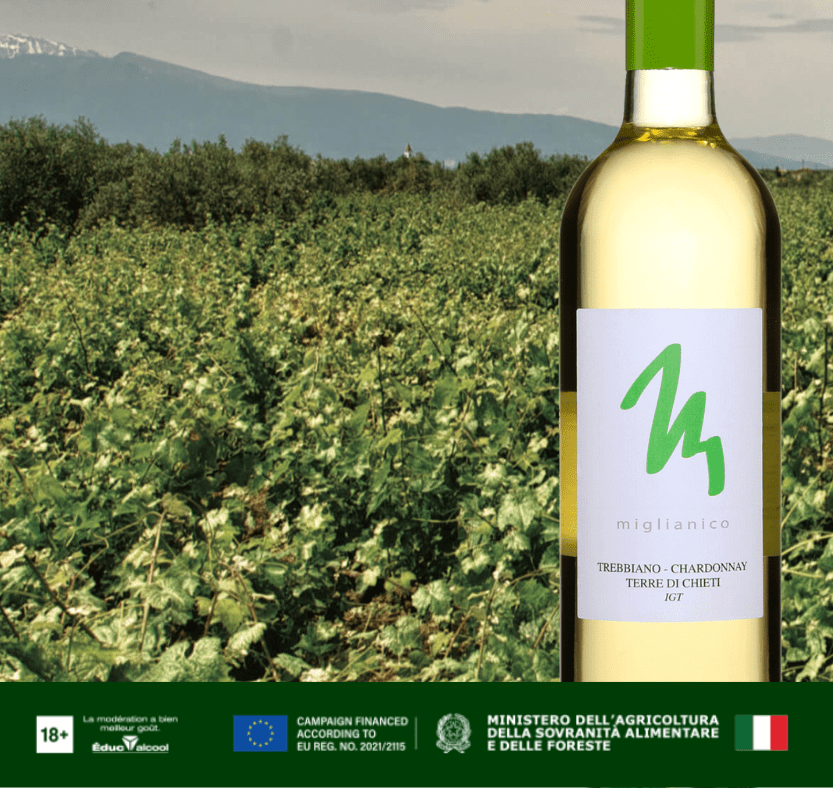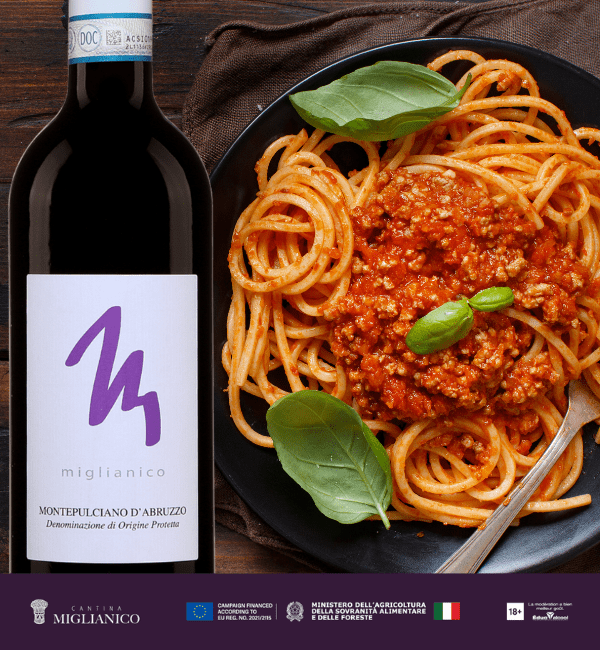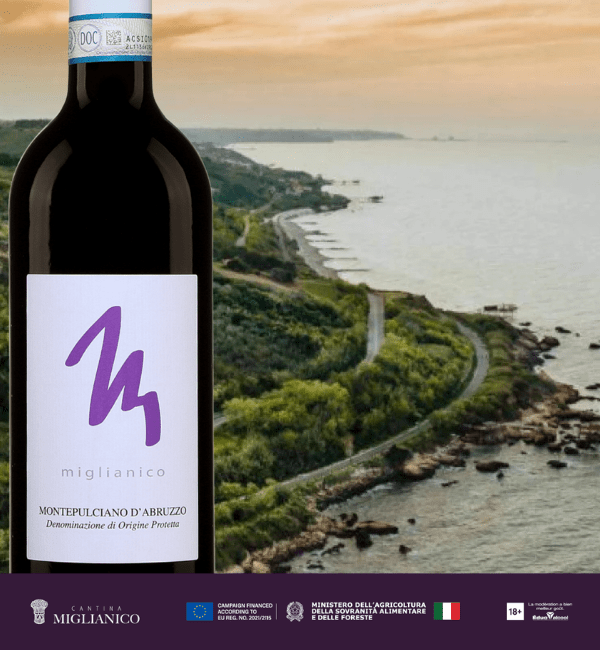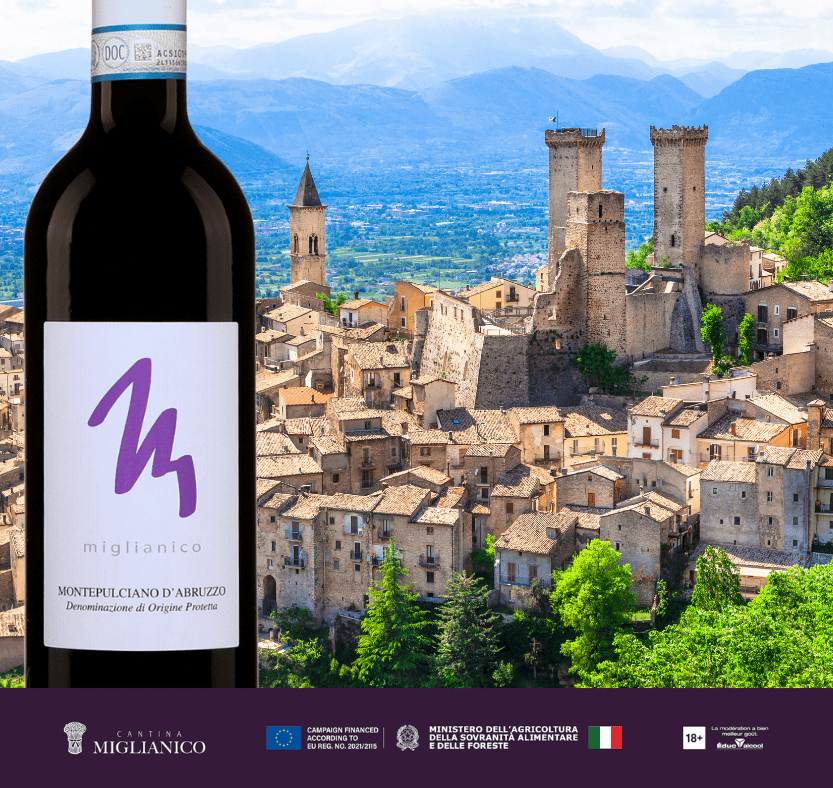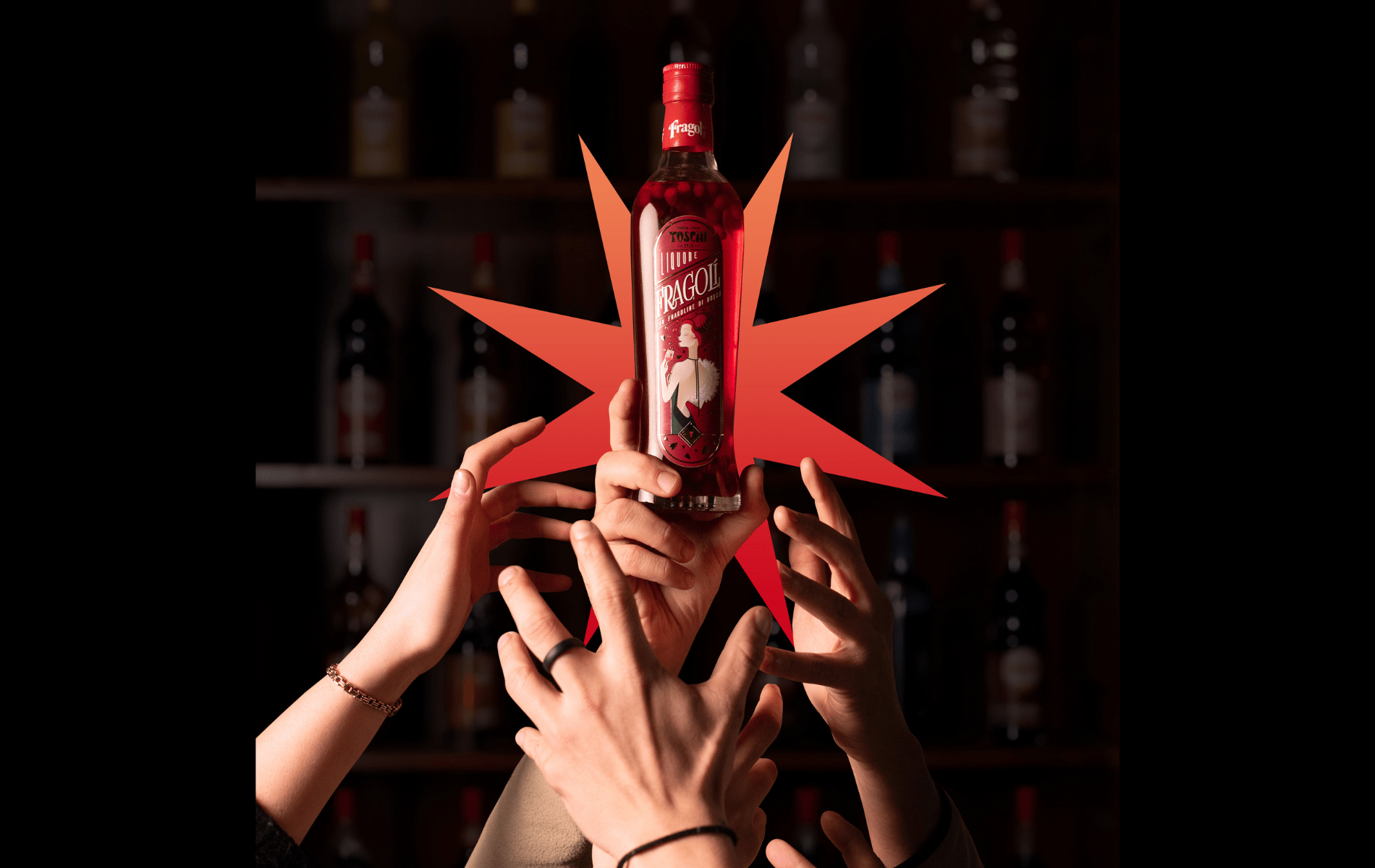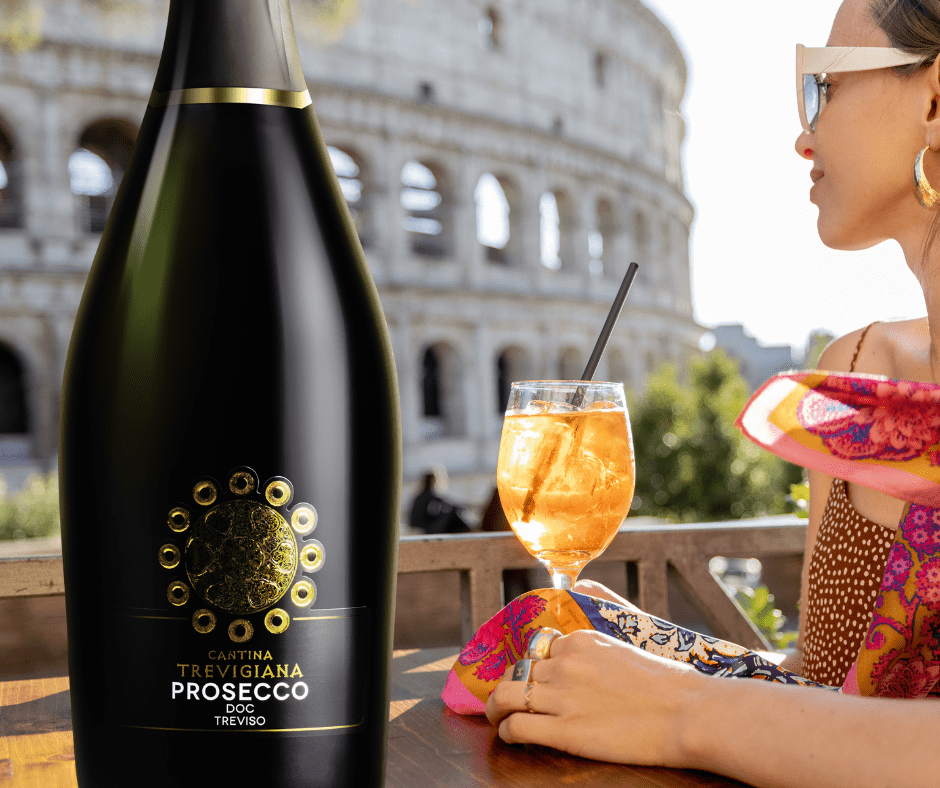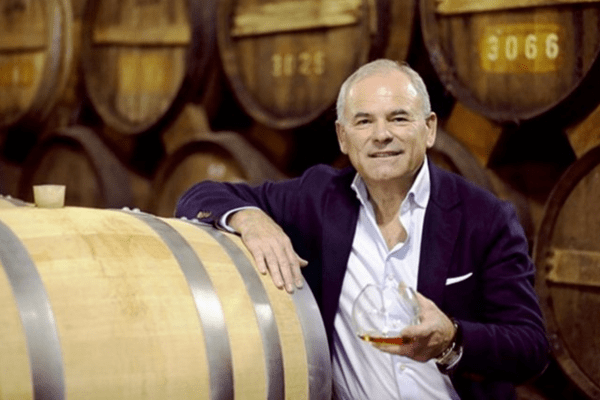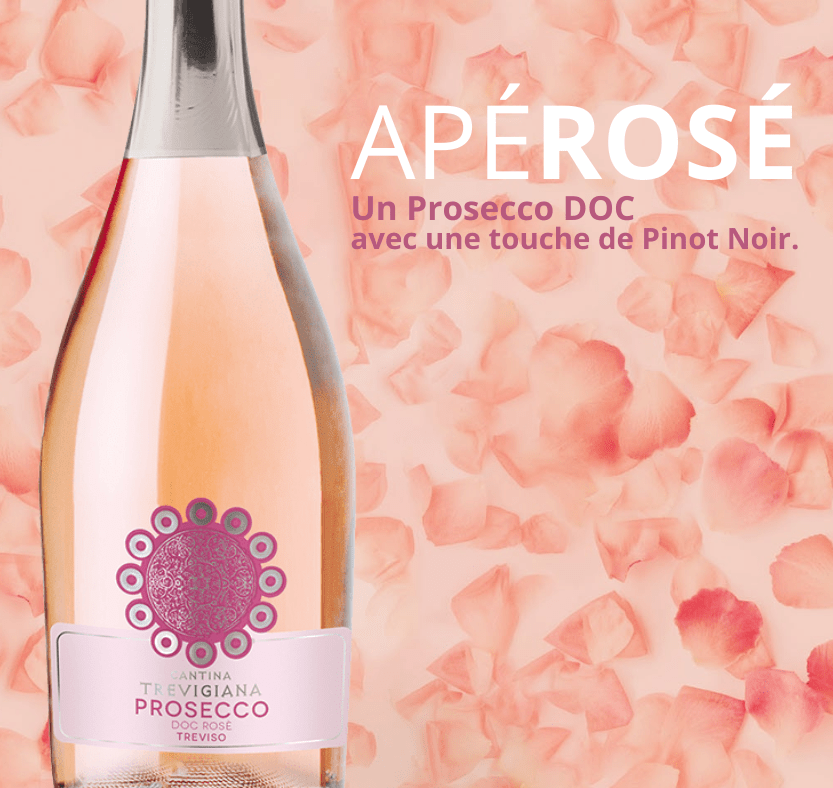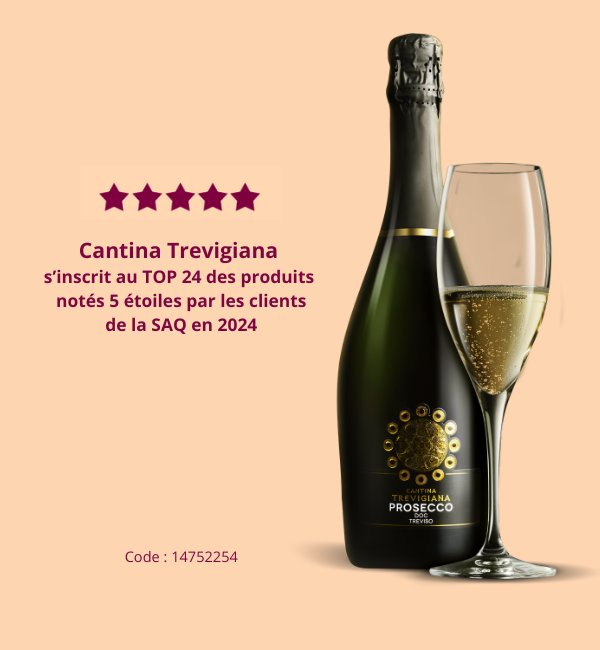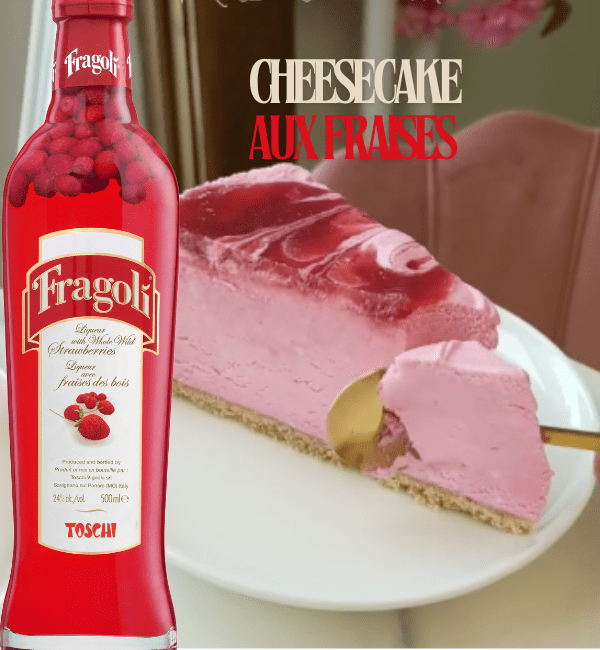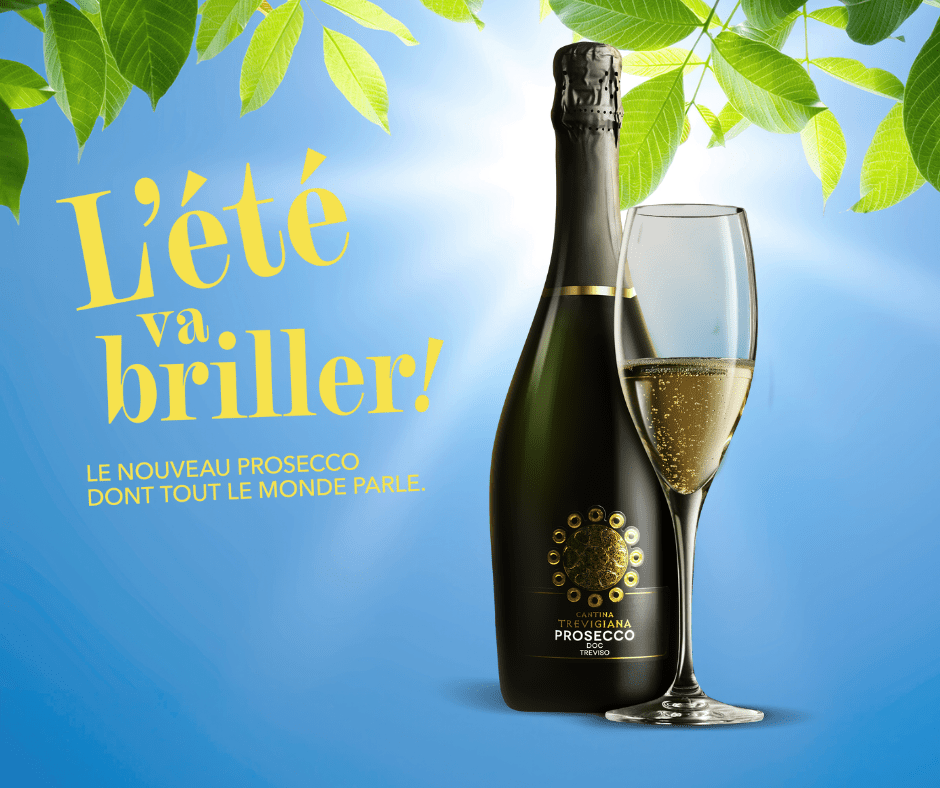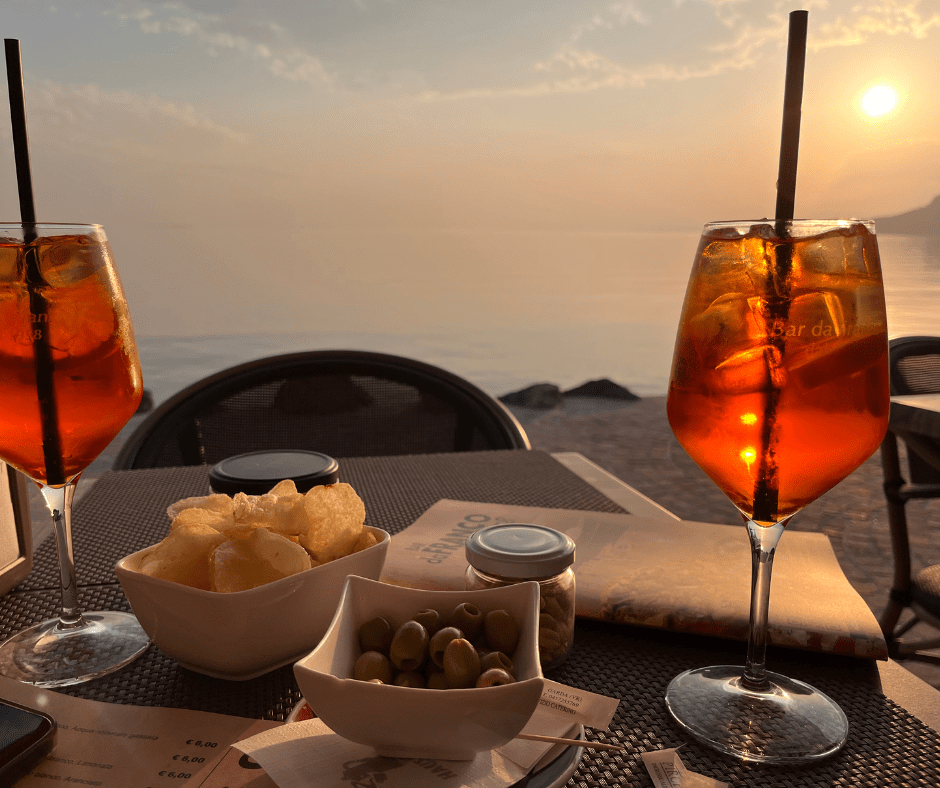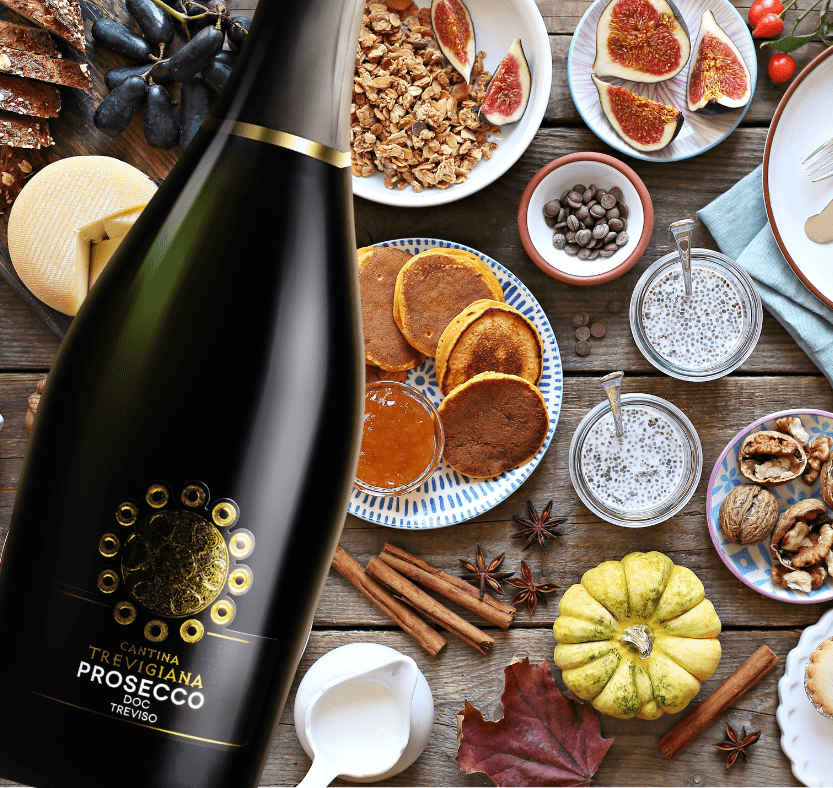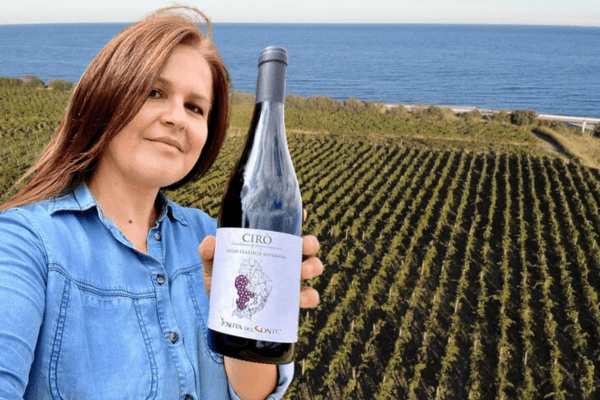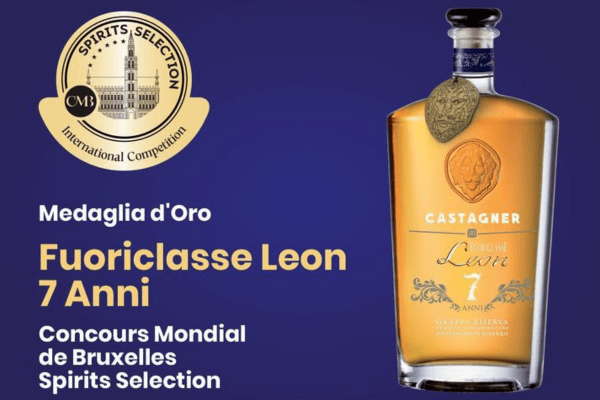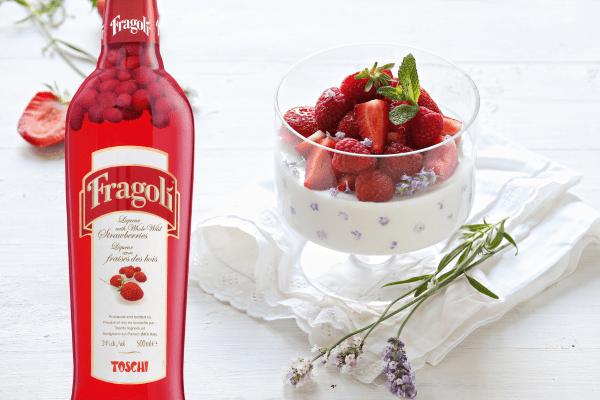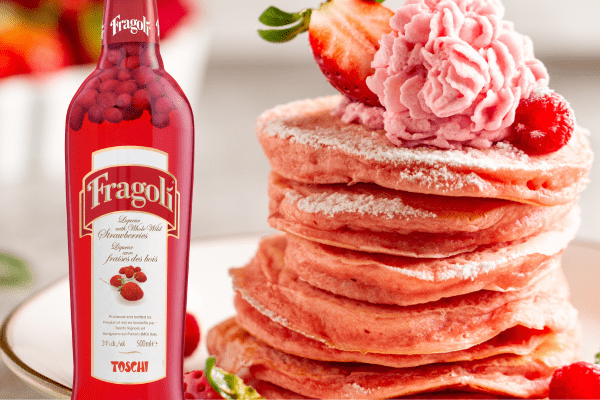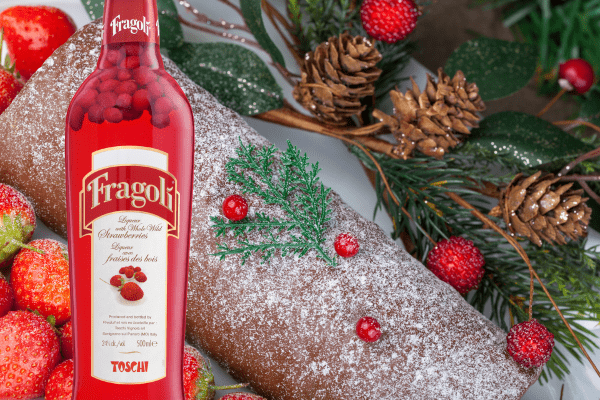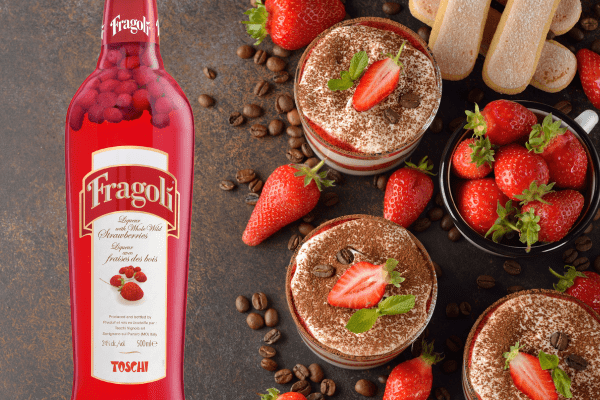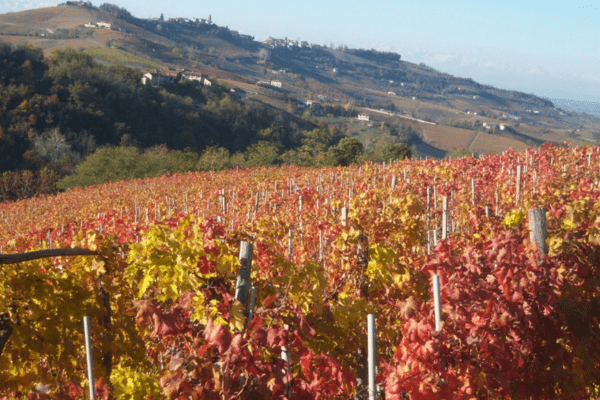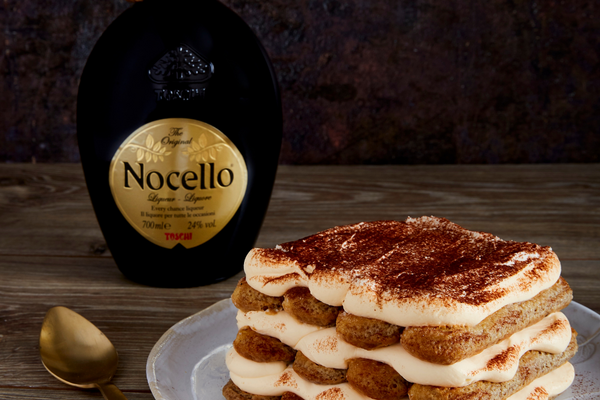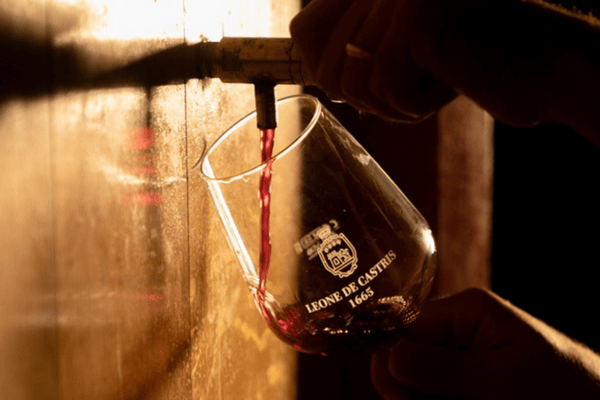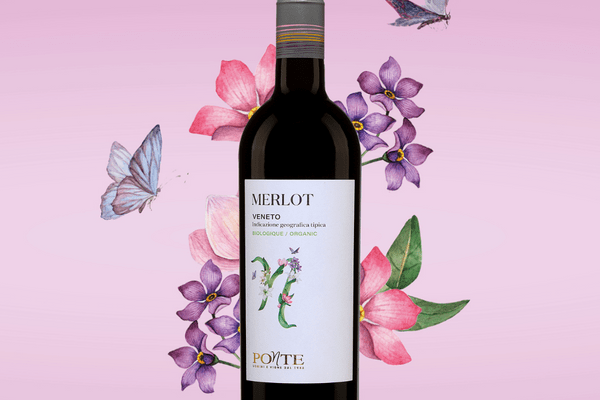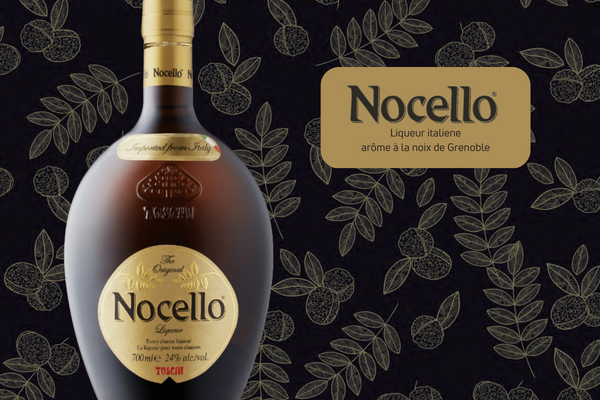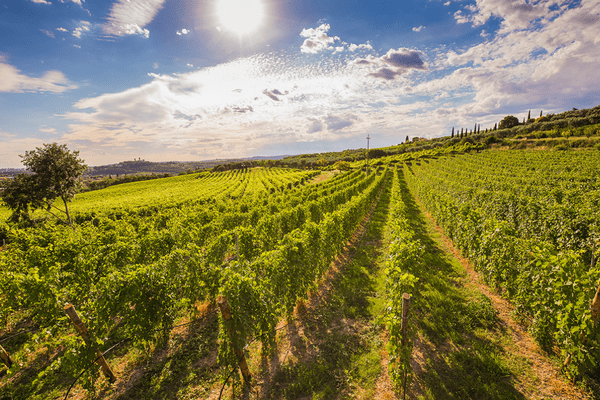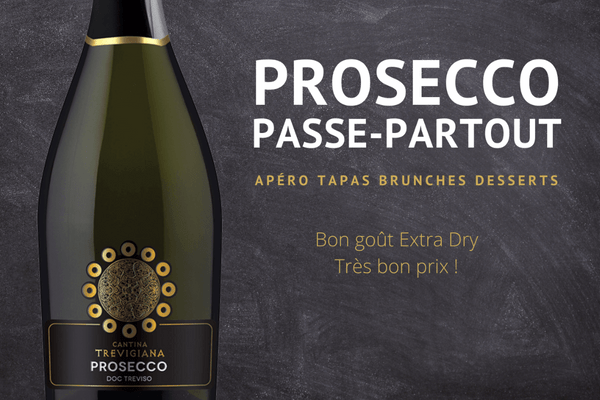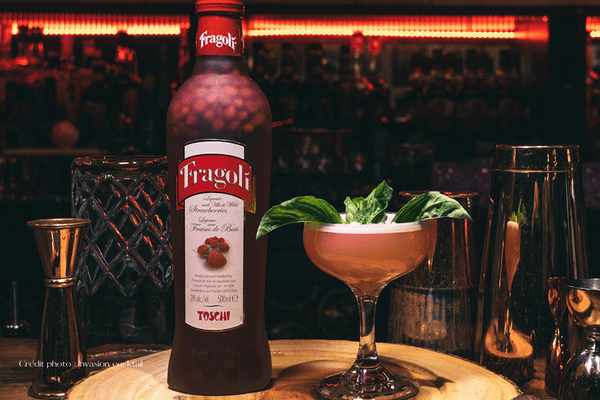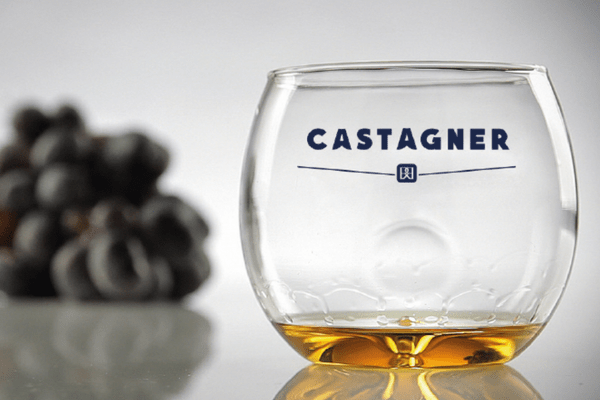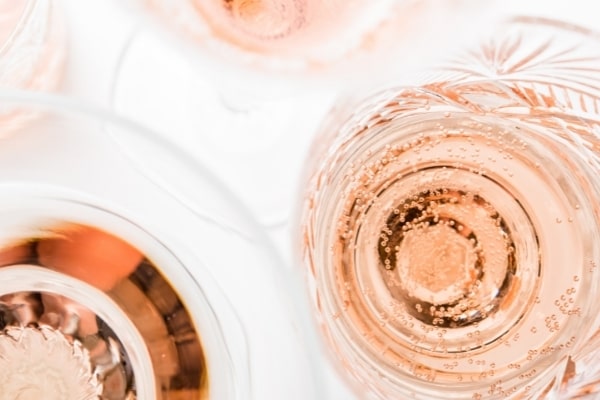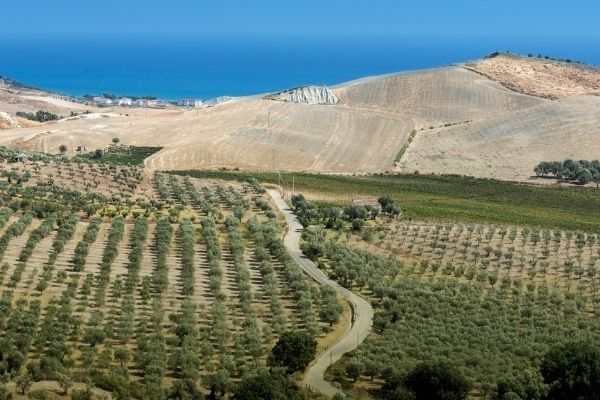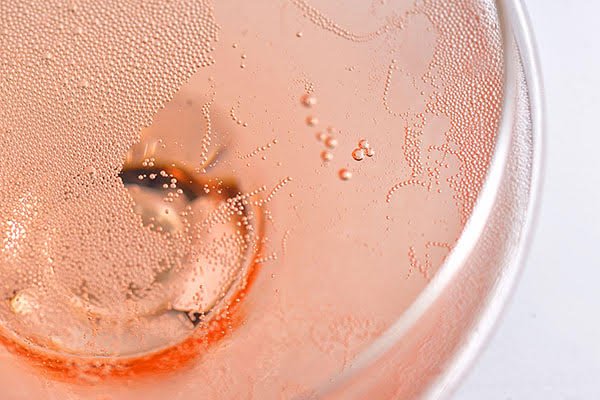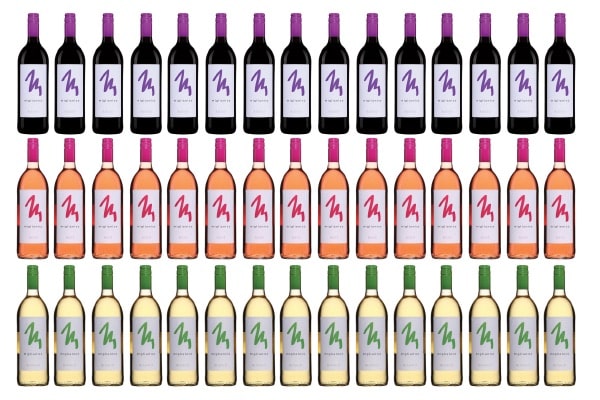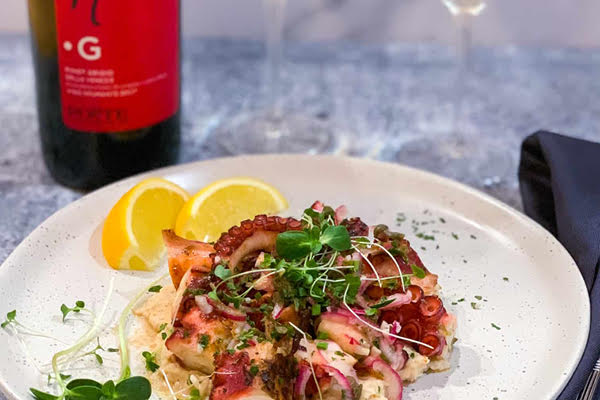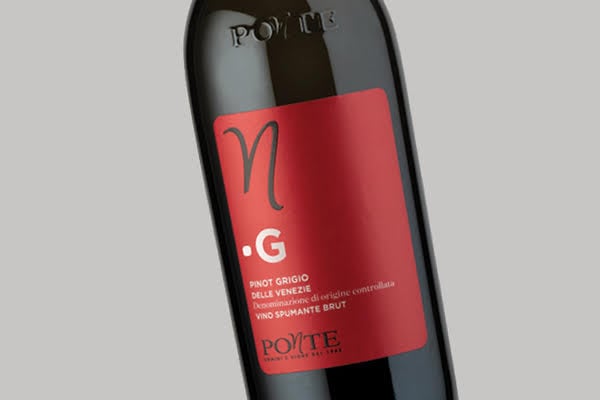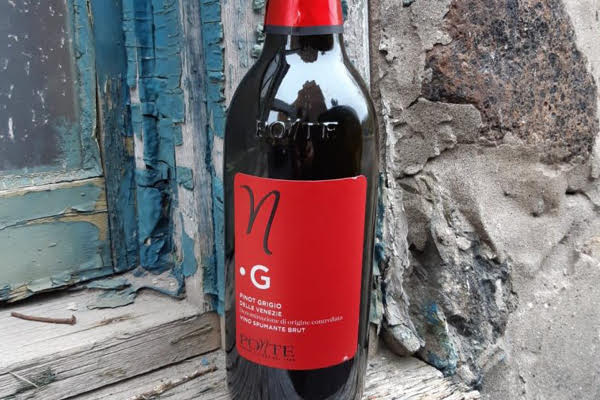
Toschi Limoncello – Authentic Italian Lemon Liqueur
Toschi Lemoncello: A Mediterranean Essence Coming Soon to Québec — History, Tradition & Production
Limoncello — that bright, lemony nectar — captures the very spirit of the Mediterranean. Soon, aficionados in Québec will get to taste Toschi Lemoncello, imported by Agile, vins et spiritueux, and distributed via the SAQ. In this blog post, we dive into the fascinating history of limoncello, unfold the secrets of traditional production, and highlight what makes the Toschi version unique.
Origins & Legends of Limoncello
The birth of limoncello is shrouded in legends and diffused histories. Several Italian regions claim to be its cradle: Capri, Sorrento, Amalfi — and some tales even reach back to monastic or fishermen’s practices.
- The most commonly cited origin story features Maria Antonia Farace, in the early 20th century, on the island of Capri, who offered a lemon-based digestif made from fruits in her garden to guests.
- Her grandson (or descendant), Massimo Canale, registered the trademark “Limoncello di Capri” in 1988, helping transform a family recipe into a commercial product.
- Other versions point to older origins: coastal fishermen or farmers consuming lemon infusions to combat cold or as a home remedy; monks producing citrus liqueurs in monasteries.
- According to some historians, due to the absence of documented evidence before the nineteenth century, limoncello as we know it likely emerged in the modern era, even while adopting symbolic trappings of a longer tradition.
Thus, the plausible narrative is that limoncello evolved as a home-based citrus infusion, passed down across generations, before becoming industrially produced — a striking instance of how traditions can be “invented.”
2. The Terroir of Lemons: The Heart of Limoncello
The aroma and flavor of a limoncello depend almost entirely on its lemons. Not all lemons are created equal. Here’s what to know:
- The most prized varieties are Femminello St. Teresa (or Limone di Sorrento) and Sfusato Amalfitano, grown in the Sorrento peninsula and along the Amalfi coast.
- On Amalfi’s rocky terraces, growers cultivate the sfusato amalfitano lemon — elongated, thick-skinned, ultra-aromatic — ideal for infusion.
- The Mediterranean climate, maritime influence, elevation, and protection from cold winds all play roles in deepening lemon aromas.
- High-quality production demands untreated lemons, or at least rigorous washing, and a delicate peeling that avoids the white pith (which imparts bitterness).
- Some producers highlight that their zest is used within 24 hours after harvest, and that only the pure yellow portion is used for infusion.
When these criteria are met, the limoncello becomes a true “sunshine in a bottle,” conveying the very essence of the Italian lemon terroir.
Traditional Production Method
The artisanal process of making limoncello is simple in concept but precise in execution:
- Wash & prepare the zest
Lemons are carefully cleaned, and the yellow peel (zest) is cut in thin strips, ensuring none of the underlying white pith (albedo) is taken. - Maceration / infusion in alcohol
The zest is submerged in a neutral spirit (often 95 % ABV), and left to infuse for weeks until the essential oils dissolve into the liquid.- The mixture turns golden yellow as the oils are extracted.
- When diluted with syrup, an emulsion effect can occur (similar to the “ouzo effect”), giving the liqueur a slight cloudiness due to suspended oil droplets.
- Addition of sugar syrup (water + sugar)
After infusion, the alc-lemon extract is blended with a syrup of water and sugar (common ratios range around 25–35 % sugar) to lower alcohol content into the desired range (often 25–32 % ABV).
The balance of sugar, temperature, and timing is critical to final clarity, viscosity, and flavor. - Filtration & resting
After blending, some rest is allowed to settle fine particles, followed by delicate filtration. Premium versions are bottled without added colorants or synthetic preservatives. - Maturation & storage
While limoncello is drinkable quickly after filtration, giving it time to settle improves harmony of flavors. If stored away from light, an unopened bottle can age well — it doesn’t “expire,” though aroma profiles may evolve.
Toschi’s version adheres to a pure infusion of citrus zest, without colorants or preservatives. That aligns well with what aficionados attend in a true, high-quality limoncello.
Toschi: Tradition, Expertise & Quality
Toschi is an esteemed Italian brand known for fruit-based products, syrups, desserts, and liqueurs.
- Née d’une tradition familiale de fruits en conserve, Toschi a élargi son portefeuille pour inclure des liqueurs comme le Lemoncello.
- Toschi Lemoncello est décrit comme produit via la seule infusion de zestes citronnés, sans ajout de colorants ni de conservateurs, pour un goût vif et naturel.
- Parmi ses caractéristiques :
- Teneur en alcool indiquée : 28 % vol. pour la bouteille de 700 ml.
- Le produit exige au moins 300 g de citron (zestes) par litre.
- Toschi conjugue le respect de la tradition et une échelle de production adaptée à l’exportation.
C’est donc une excellente expression de limoncello authentique, accessible et fidèle aux valeurs méditerranéennes.
Tasting, Usage & Serving
To truly appreciate limoncello, here are some tips:
- Serving: Traditionally served very cold, between – 10 °C and 0 °C, in small ceramic cups or shot glasses.
- Digestif / aperitif: In Italy, it’s most commonly enjoyed after dinner as a digestif, but it’s increasingly popular as an aperitif (e.g. in a spritz).
- Cocktails & mixology:
- The Limoncello Spritz (limoncello + Prosecco + soda) has become an emblematic summer drink.
- It can also be used as a twist on classics — e.g. a Negroni variant (“Negroni d’Amalfi”) or in modern lemon-forward cocktails.
- Pairings: citrus desserts, gelato, panna cotta, fresh fruit, light cheeses, or even drizzled over fruit or sorbet. Limoncello brings brightness and aromatic lift.
Arrival in Québec
The upcoming availability of Toschi Lemoncello via SAQ, through Agile, vins et spiritueux, is an exciting milestone:
- For Québec’s spirits enthusiasts, it means direct access to an authentic Italian limoncello, uncompromised in flavor and tradition.
- The origin and Mediterranean terroir,
- The natural, additive-free process,
- The Italian authenticity — Toschi being a heritage brand.
The Toschi Lemoncello promises to bring to Québec a refined, tradition-rooted Italian liqueur that encapsulates the story, terroir, and craftsmanship of true limoncello. By understanding its history, production and uses, enthusiasts and curieux alike will be ready to savour each sip — whether neat, frozen, or within cocktails.
About Toschi
Founded in 1945 in Modena, Toschi is an iconic Italian company specializing in liqueurs and processed fruits. Renowned for its artisanal expertise, Toschi selects the finest ingredients to craft authentic, high-quality products, like Toschi Limoncello, a true symbol of Italian heritage.


